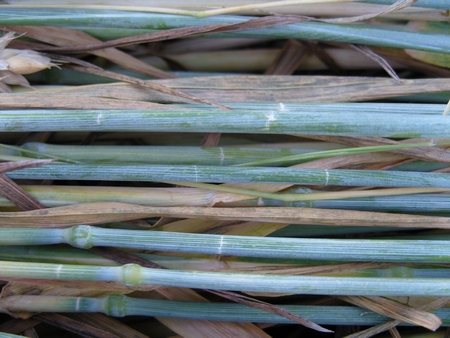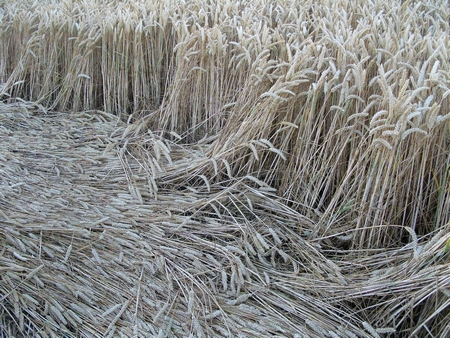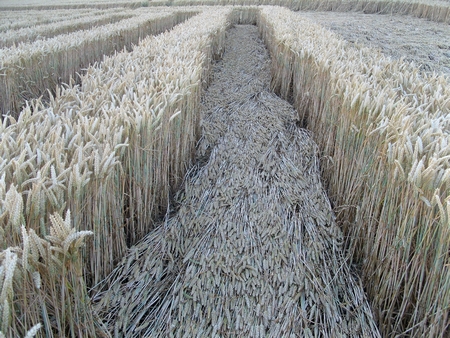 |
||||||||||||||||||||||||
 |
 |
|||||||||||||||||||||||
 |
||||||||||||||||||||||||
 |
 |
 |
 |
|||||||||||||||||||||
| 2015 CIRCLES | 2014 CIRCLES | 2013 CIRCLES | 2012 CIRCLES | |||||||||||||||||||||
|
||||||||||||||||||||||||
 |
 |
|||||||||||||||||||||||

|
Ground Report – Fosbury, Wiltshire 17/07/10This really is another beauty, in keeping with this season so far. Again next to an ancient site in the Wiltshire landscape, and again somewhat off the beaten track. Approaching the crop circle from the south you are treated to an almost aerial view from the hillside road opposite and it is clear that the scene below is capturing the attention of many by the number of cars stopped with drivers and passengers alike surveying the scene below.Once again the farmer here has provided a box for donations and judging by the number of visitors, should make his money back to compensate for the lost crop. 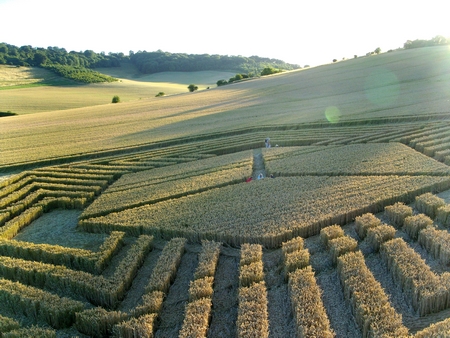 This season has seen many visitors to most of the formations, possibly due to the lower numbers compared with last year when it was impossible to keep up. The sense of community inside this crop circle is no different, the sound of conversation between those who arrive together and those who don’t permeating the air late into the still summer evening. There is always damaged crop and here some areas show more evidence of this than others. Indeed in some cases there are many crimped and broken stems lying side by side in relatively wide swathes (see below). However, the general condition of the laid crop throughout the whole design is good. Most of the stems are not laid entirely flat to the ground and in many areas are considerably raised. One of the most notable features here is the way in which so much of the crop, rather than being flattened around the edges of the design, lays against the standing crop. It appears as though gently ‘brushed’ down. This occurs throughout all parts of the formation including the inner and outer sections. 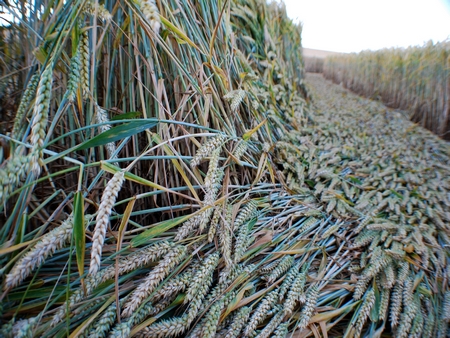 Although appearing messing in some places, this delicate lay has the effect of inspiring questions about how the accuracy of the design from an aerial perspective can possibly be achieved when the wheat has not even really been laid to the ground. Throughout most parts of the formation the crop really seems to take on a fluidity. It is as though the wheat has cascaded in waves around the narrower parts of the design. Through some of the pathways surrounding the main standing cube, there is a noticeable ‘wave’ to the direction of the laid crop (see below). Defining the outer edges of the section made up of narrow pathways which encases the standing central cube is a thin laid circle. From above it is discernible but at ground level it is much more prominent. This narrow band of crop lies underneath some of the widest parts but also in many areas seems to separate crop flowing in different directions. Sometimes the stems on the ‘outside’ of this circle flow away from it, making the effect even more pronounced. 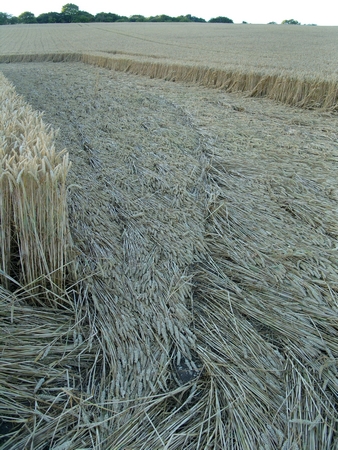 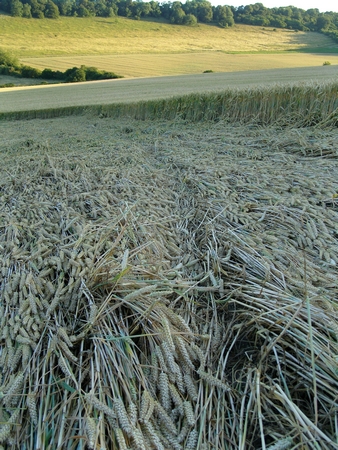 There also appears to be a section about 3ft wide which runs around the outer edge of the main section of laid crop. This is noticeable because of the slightly messier and raised crop separating it from the rest of the laid stems. 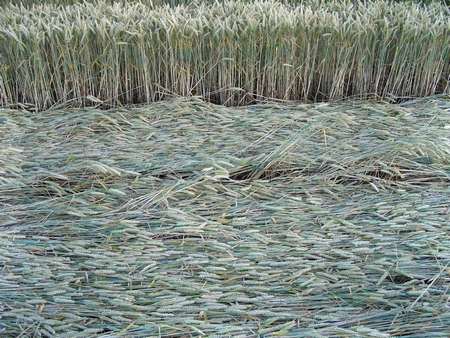 Especially within the narrower pathways, but also evident in the wider sections of this formation are sections where there are many layers of crop flowing in different directions. Close inspection of these reveals generally little damage, including to those stems laid underneath many others. 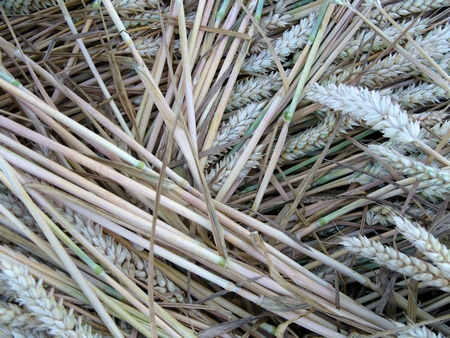 Again a massive thank you to the farmer at this crop circle for allowing visitors to his field. Although he is asking for £2.50 as we always say, please put in a fiver or more, it really does make it possible for the farmers to be reimbursed for their loss. This beautiful crop circle is totally worth a visit! 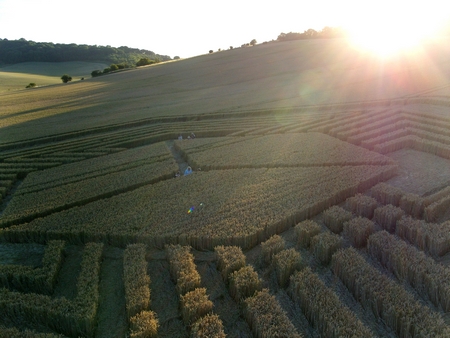 Crop Circle Summary
Alternative Websites |


